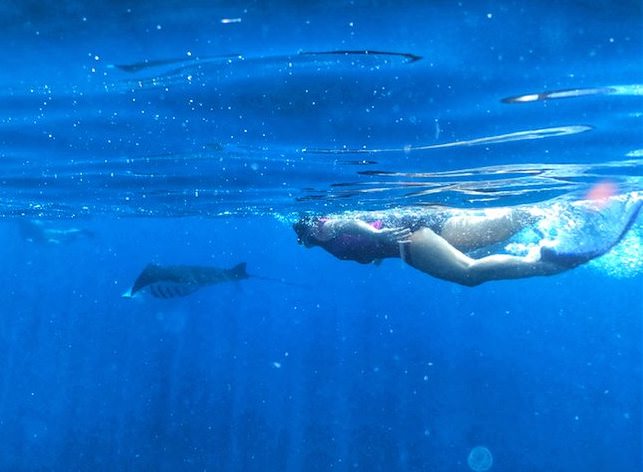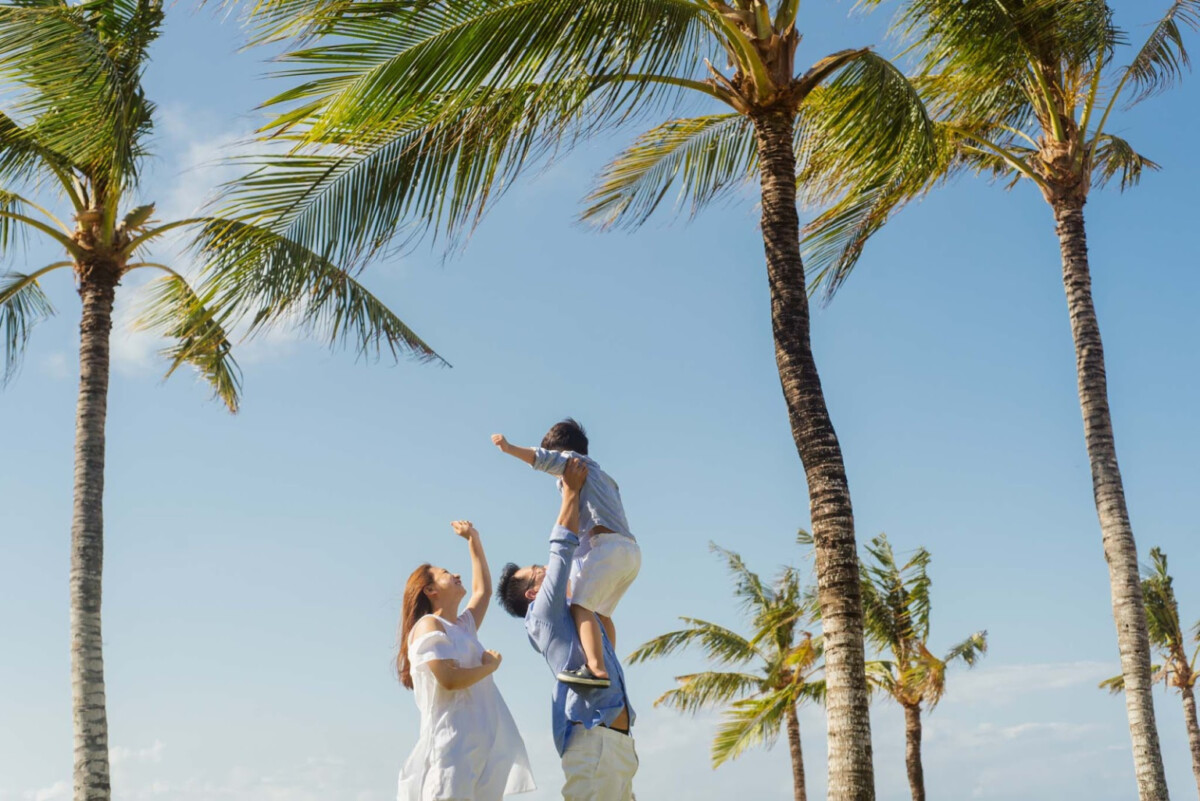Snorkeling Indonesia: Learn Basic Techniques Before Exploring Underwater Beauty
Snorkeling in Indonesia is the best way to appreciate the undeniable beauty of the underwater world. Indonesia is composed of numerous islands separated by oceans that are home to incredible sea creatures. Many best places for snorkeling in Indonesia. One of them is in eastern Indonesia, and you can visit it while a trip to Raja Ampat. There is also the Bunaken area and the Komodo National Park area.

Exploring nature under the sea is just as exciting as exploring nature on land. If you cannot dive deep enough, there is no need to worry because you can enjoy underwater vegetation by snorkeling.
Snorkeling is one of the activities performed to enjoy the underwater scenery from a shallow surface. You are only recommended to dive 1-3 meters deep when participating in this activity. If more than that depth, you will need an oxygen tank so as not to trigger lung problems.
Prepare Your Snorkeling Gear.
Four snorkeling tools are required for use. To swim safely in the sea, we must use all of them. Masks protect the eyes and nose from stinging, pipe-shaped snorkels for easy breathing through the mouth, frog legs to facilitate foot movement in the water, and buoys to keep the body afloat.
Breathe Through Your Mouth
This technique is crucial to successful underwater diving. It will be very helpful to breathe underwater without an oxygen tank. Learning to breathe through the mouth is challenging at first. Those who are not focused will almost always get into the nose and eyes. The result is an excruciating sting of exposure to salty seawater, and snorkeling will be uncomfortable.
You must follow the instructor’s directions.
Two instructors must accompany you in a snorkeling group. Ideally, the instructor should accompany ten people diving beneath the sea.

Do not break any of the established rules while underwater. For instance, because it is thought that marine animals may be poisonous, it is prohibited to step on coral, dive too deeply into sea troughs, and even hold marine animals.
Learning About Body Language In The Ocean
Because we can’t communicate underwater, you should know some basic body codes. Before snorkeling, the instructor will usually explain what you can and cannot do. When snorkeling, the instructor will provide body language or signs. Examples include stopping signs, turning right and left, going up on land, not stepping on corals, or gathering code in the sea.


